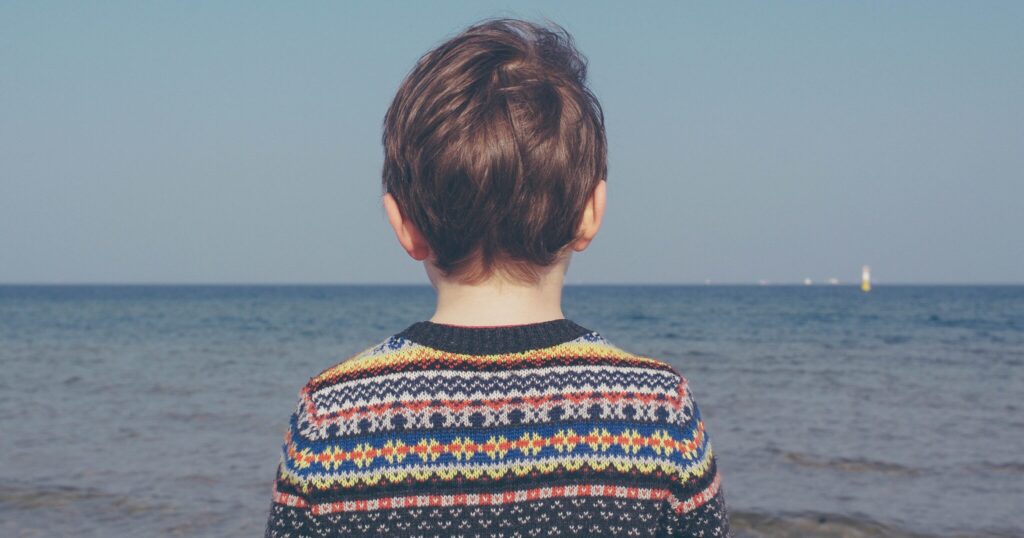More and more often, we hear in the media of well-known figures revealing they were abused in their childhood. Even more close to home, we may even have a family member or friend reveal their own past trauma. As difficult a topic as it is, thankfully, it’s becoming something more openly discussed. Unfortunately, however, it is still happening. The 2016 ABS Personal Safety Survey (PSS) estimates about 2.5 million Australian adults (approximately 13%) experienced physical and/or sexual abuse during childhood.
It's also disturbing to learn that the majority of adults who reported childhood physical abuse only (97%) and sexual abuse only (86%), knew the perpetrator. This is why it’s important for parents to understand child abuse and its signs.
Child abuse is not just physical abuse. It can come in various forms, including physical abuse, sexual abuse, grooming, emotional or psychological harm, neglect or family violence.
Children don’t always report if they have been abused, may not know they are being abused or may be good at trying to hide it. As parents, it’s important how to learn to spot the signs of child abuse so that we can start looking into the next steps we can take to put a stop to it. Child abuse can create trauma in the child, which can significantly impact their development and wellbeing into adulthood.
Let's look into some of the most common red flags that may indicate child abuse.
